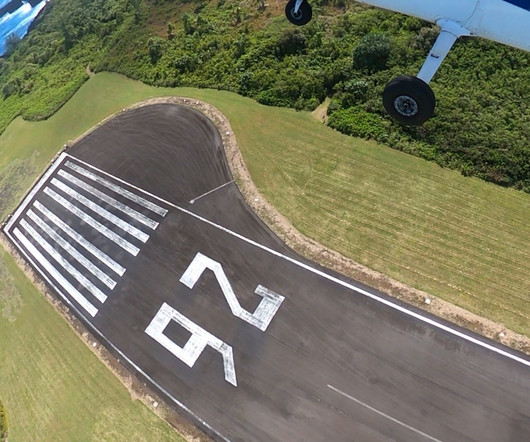Mastering Short Field Landings (A Step-by-Step Guide)
Pilot Institute
MAY 4, 2024
They are also one of the most feared maneuvers during the private pilot checkride. Any substantial changes to speed and descent rate will destabilize the landing. The drag allows for a steeper descent, which is particularly helpful when avoiding obstacles. Will you need a crosswind correction?













Let's personalize your content